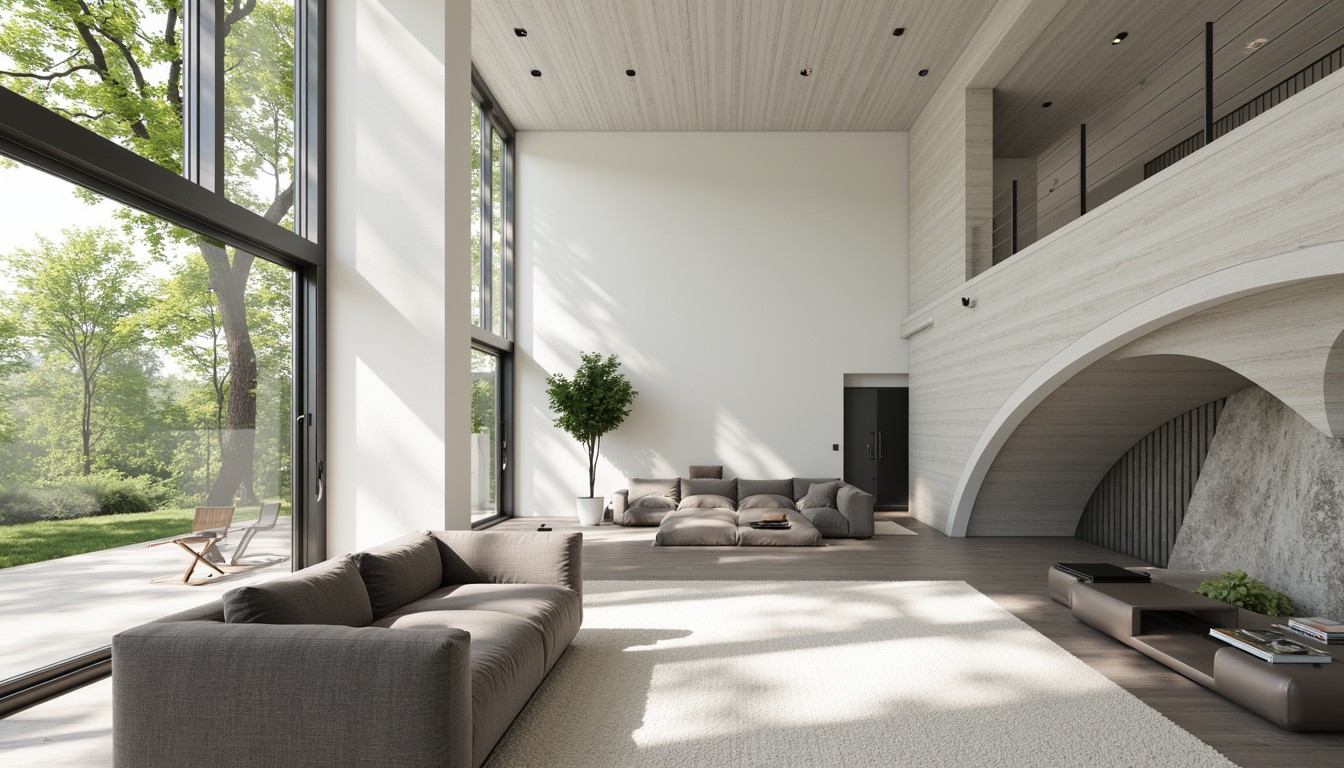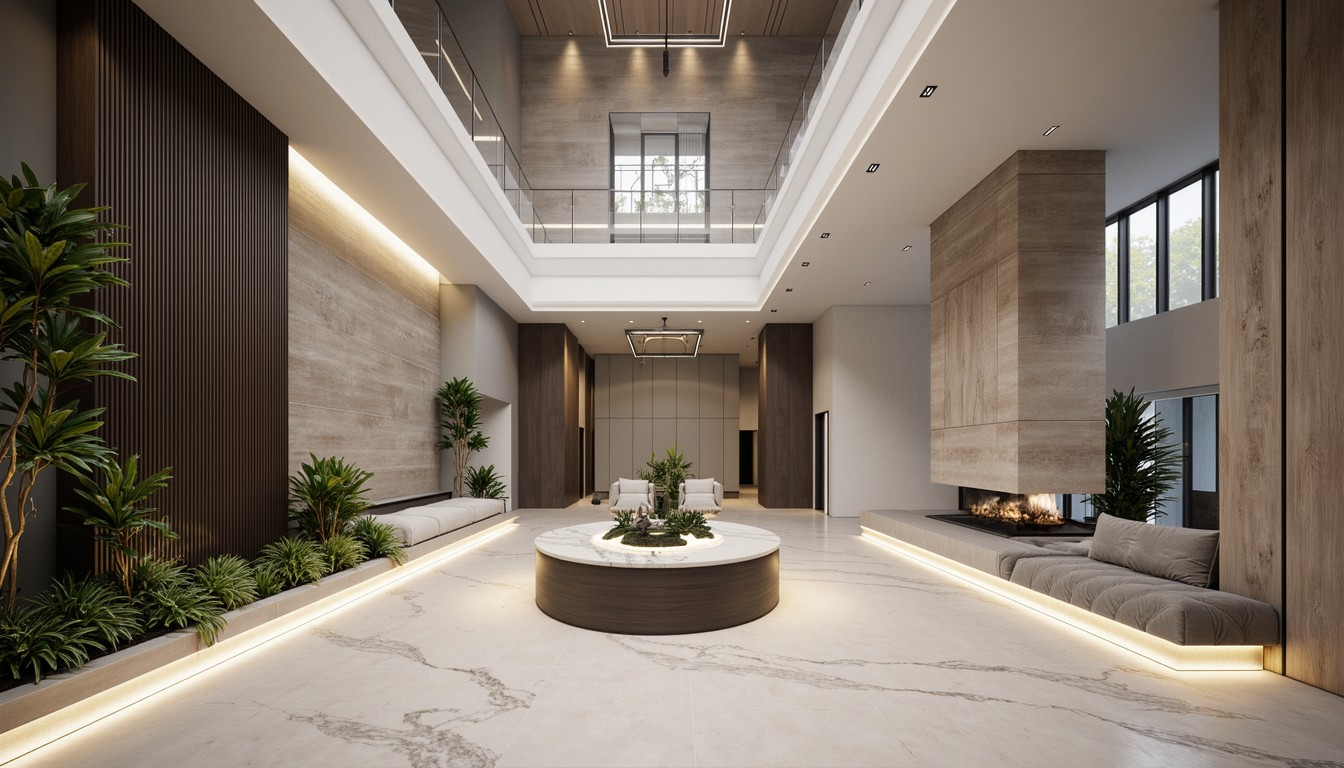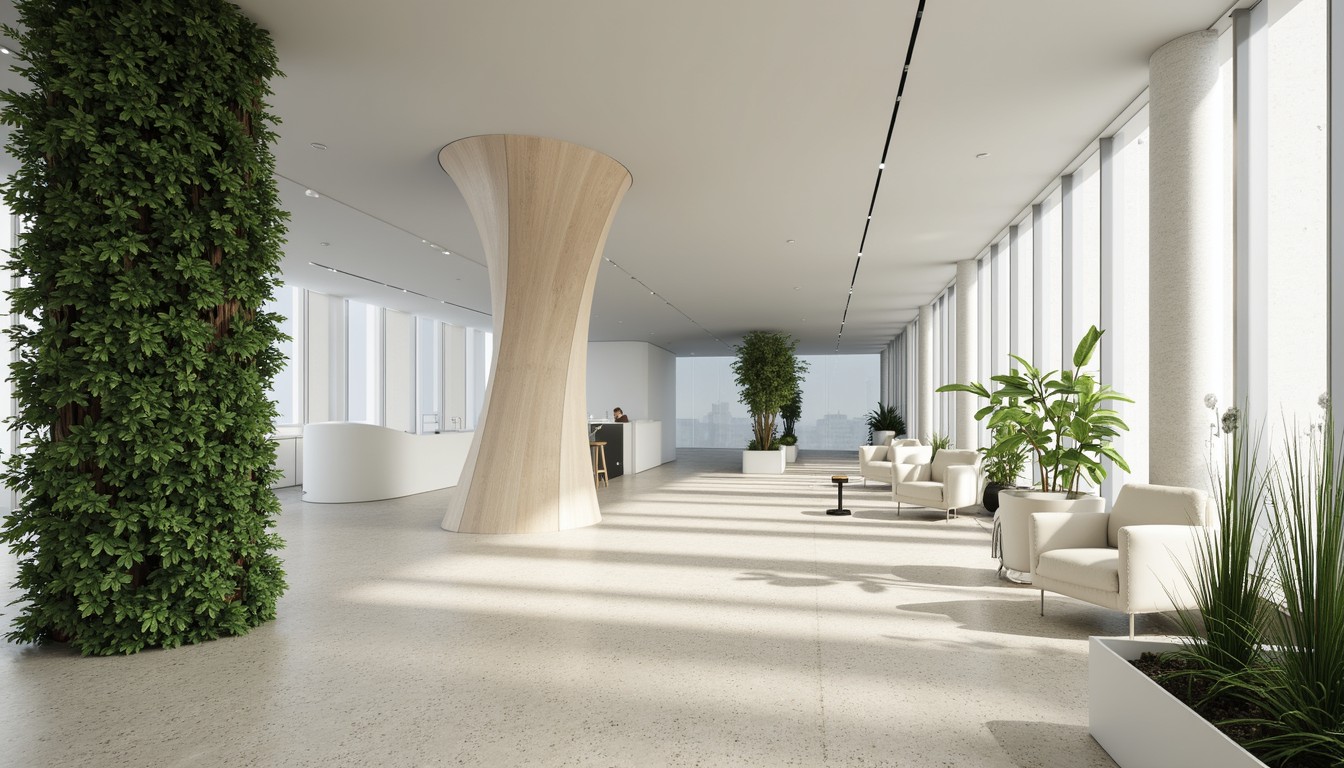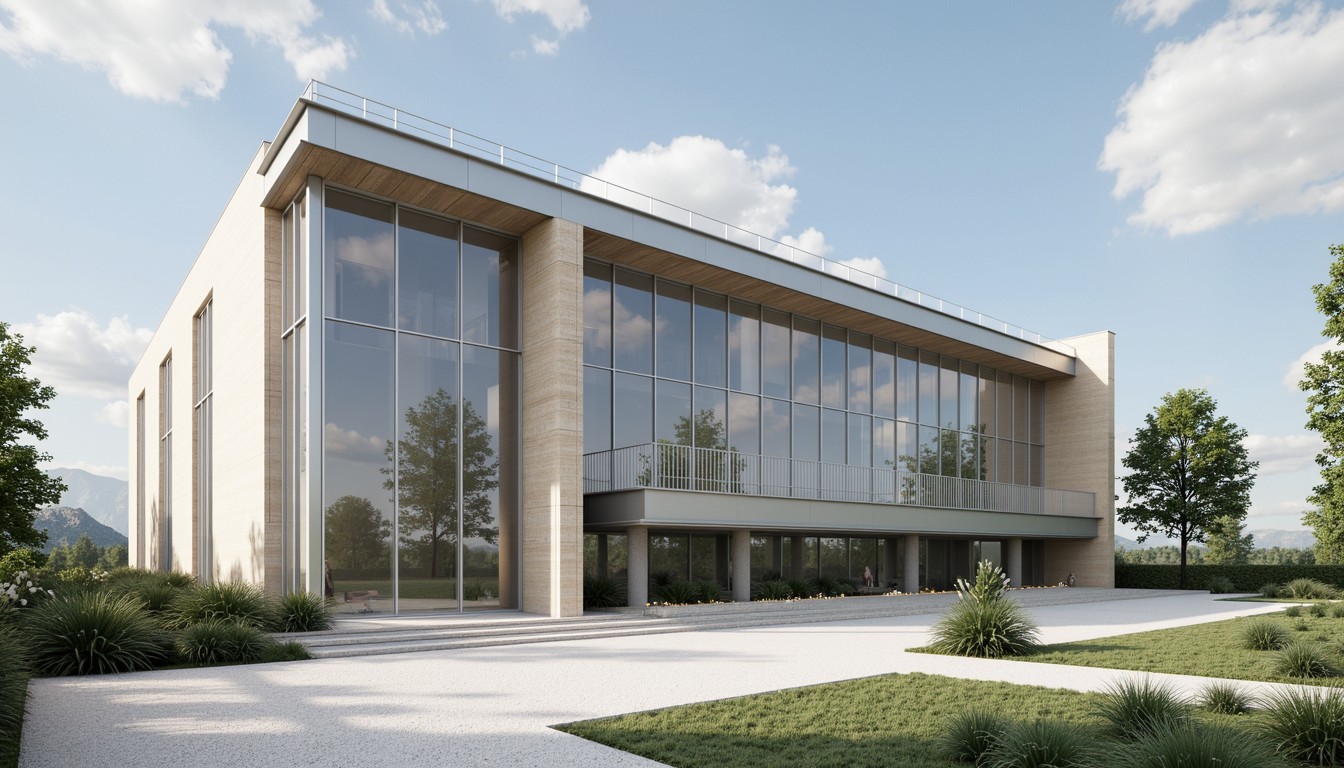Sustainable Architecture: Green Building Technologies & Trends
The built environment significantly impacts our planet's health. As architects and designers, embracing sustainable architecture and green building technologies isn't just a trend; it's a crucial responsibility. This means moving beyond aesthetics and focusing on creating structures that minimize environmental impact throughout their entire lifecycle, from initial construction to eventual demolition.
Understanding Green Building Principles

Sustainable architecture isn't about a single element; it's a holistic approach encompassing several key principles. These include:
- Energy Efficiency: Minimizing energy consumption through passive design strategies (like optimal building orientation and natural ventilation) and active systems (like solar panels and high-efficiency HVAC).
- Water Conservation: Implementing water-saving fixtures, rainwater harvesting, and greywater recycling systems to reduce water usage.
- Material Selection: Prioritizing sustainable and locally sourced materials with low embodied carbon, minimizing transportation costs and environmental impact.
- Waste Reduction: Employing construction methods that minimize waste generation and maximize material reuse and recycling.
- Indoor Environmental Quality: Creating healthy indoor environments with good air quality, natural light, and thermal comfort.
- Site Selection and Impact: Choosing building sites that minimize disturbance to ecosystems and utilize existing infrastructure.
Innovative Green Building Technologies

Numerous innovative technologies are driving the advancement of sustainable architecture. Let's explore some key examples:
1. Passive Design Strategies
Passive design focuses on harnessing natural resources like sunlight and wind to reduce reliance on mechanical systems. This includes techniques like:
- Building Orientation: Optimizing building placement to maximize solar gain in winter and minimize it in summer.
- Natural Ventilation: Using strategically placed windows and vents to create natural airflow, reducing the need for air conditioning.
- Shading Devices: Employing overhangs, awnings, and vegetation to control solar heat gain.
2. Renewable Energy Systems
Integrating renewable energy sources like solar, wind, and geothermal power is crucial for reducing carbon footprint. This can involve:
- Photovoltaic (PV) Panels: Generating electricity directly from sunlight.
- Solar Thermal Collectors: Using sunlight to heat water for domestic use.
- Wind Turbines: Harnessing wind energy to generate electricity.
- Geothermal Heat Pumps: Utilizing the stable temperature of the earth to heat and cool buildings.
3. Sustainable Materials
The choice of building materials significantly impacts the environmental performance of a structure. Sustainable alternatives include:
- Reclaimed Wood: Reducing deforestation by using salvaged timber.
- Bamboo: A rapidly renewable resource with high strength and flexibility.
- Recycled Steel and Concrete: Reducing the demand for virgin materials.
- Hempcrete: A sustainable alternative to concrete made from hemp fibers and lime.
- Mycelium Composites: Utilizing mushroom roots to create lightweight and insulating building materials.
4. Smart Building Technologies
Smart building technologies enhance energy efficiency and optimize building performance through data-driven insights. This includes:
- Building Management Systems (BMS): Monitoring and controlling building systems like HVAC, lighting, and security.
- Smart Sensors: Tracking energy consumption, occupancy, and environmental conditions to optimize resource usage.
- Automated Lighting Controls: Adjusting lighting levels based on occupancy and daylight availability.
Real-World Applications of Green Building Technologies

Many buildings worldwide showcase the successful implementation of these technologies. The Bullitt Center in Seattle, a net-zero energy building, is a prime example, demonstrating the feasibility of highly sustainable construction. Similarly, the Edge in Amsterdam utilizes innovative technologies to achieve exceptional energy efficiency and occupant comfort.
ArchNav: Your Partner in Sustainable Architectural Visualization
ArchNav understands the importance of sustainable design. We utilize advanced visualization techniques to help architects and developers showcase the benefits of green building technologies, enabling informed decision-making and compelling presentations. Our high-quality renderings and animations bring your sustainable designs to life, allowing clients to fully appreciate the aesthetic and environmental advantages of your projects. Contact us today to discuss your next sustainable architectural project.
